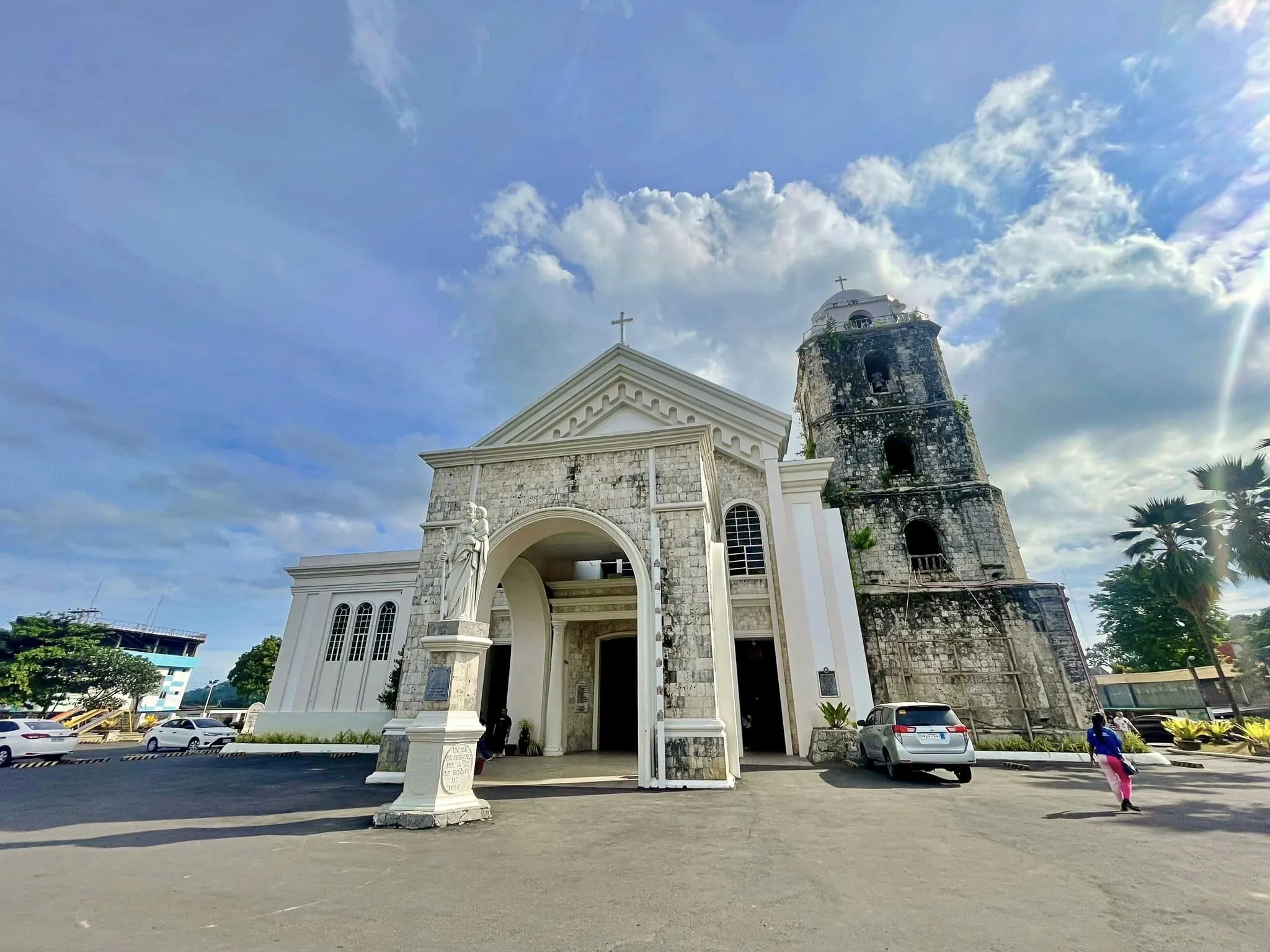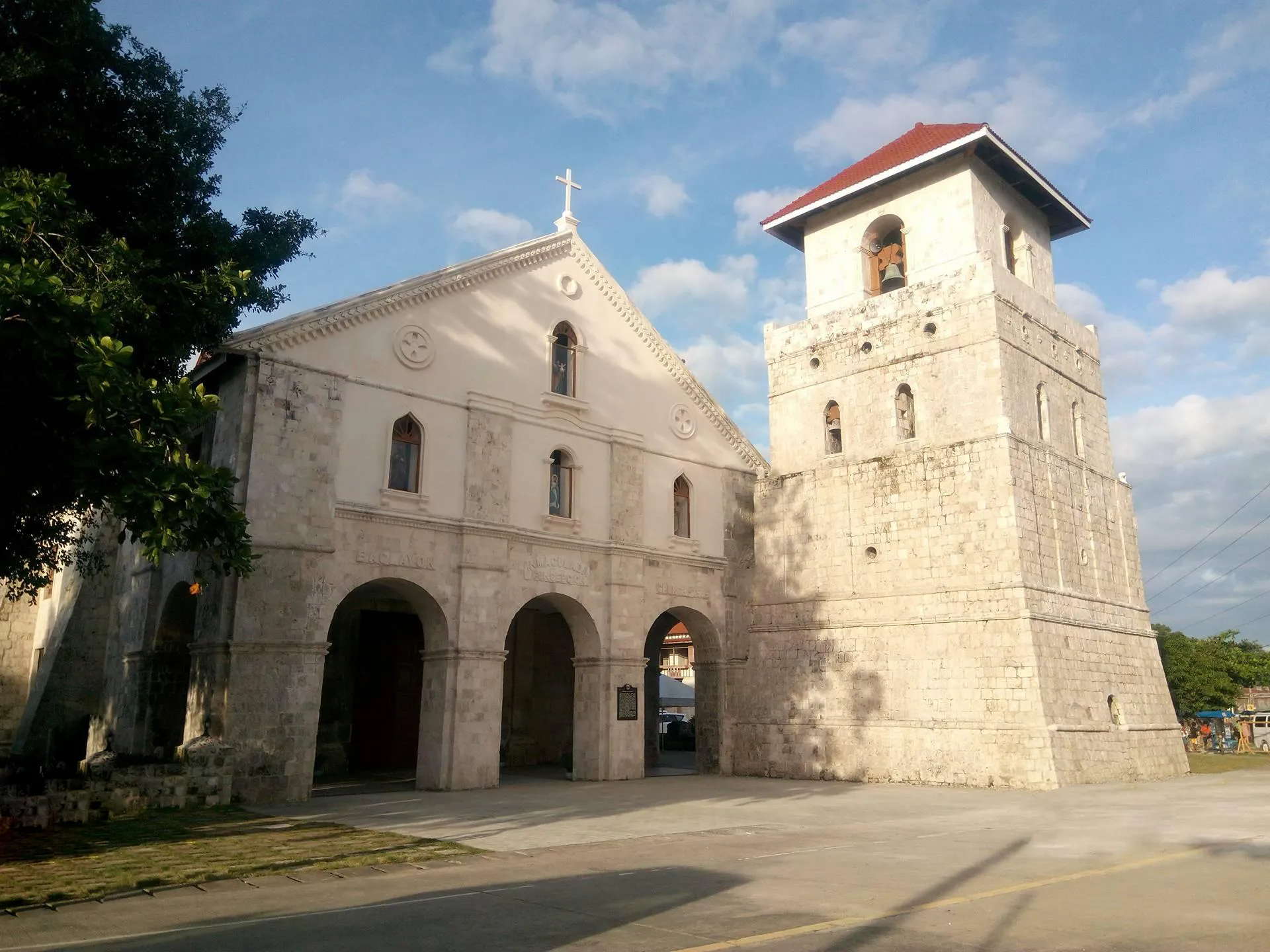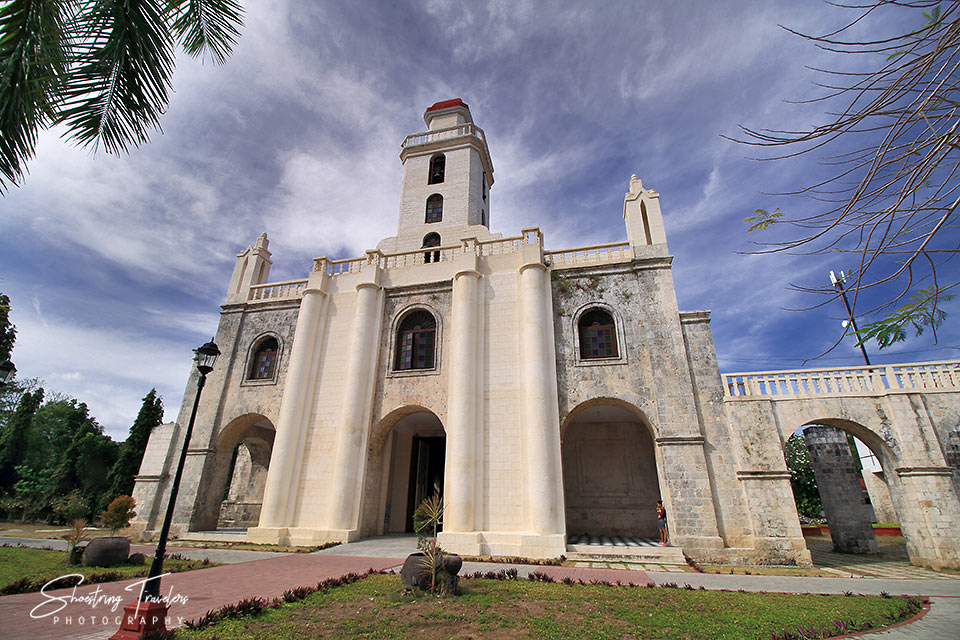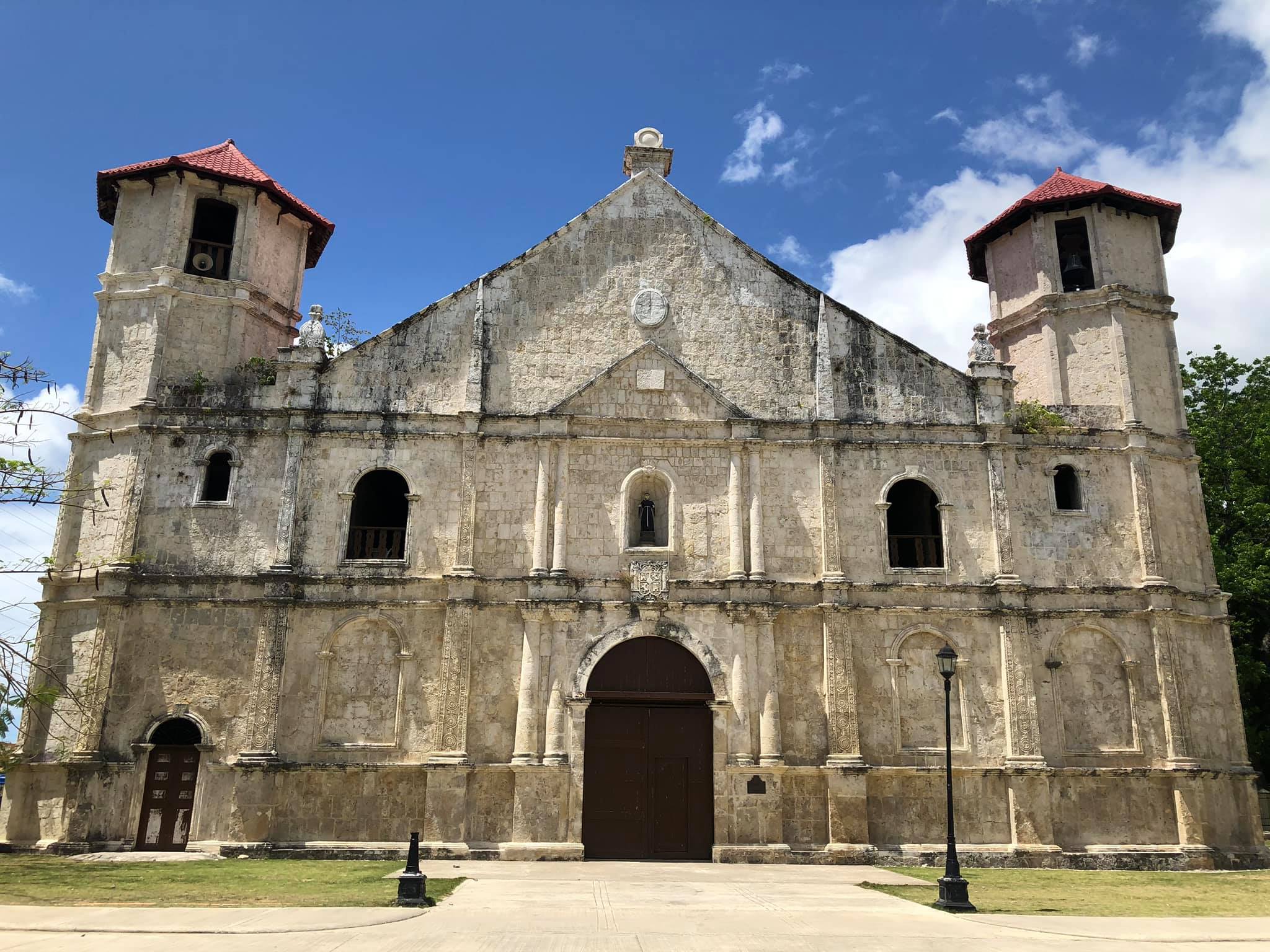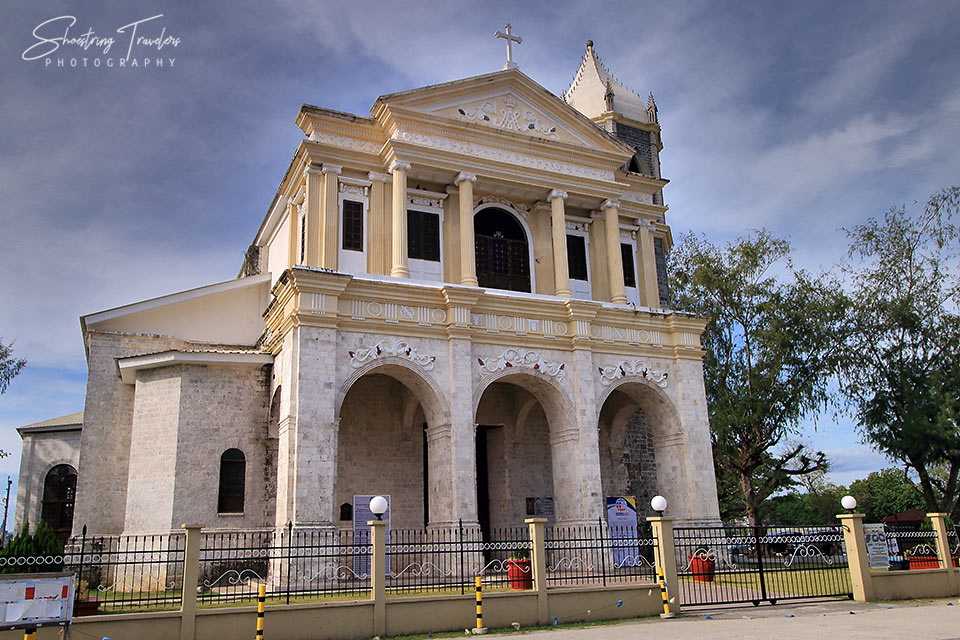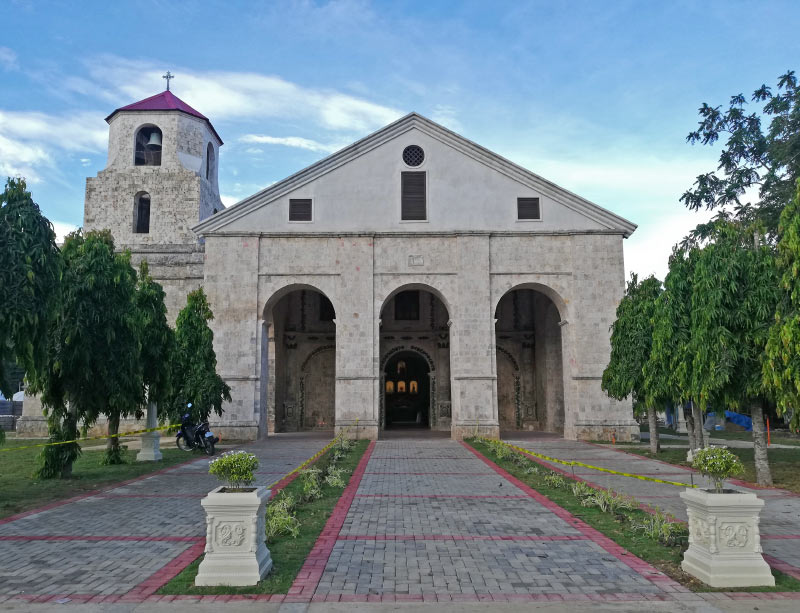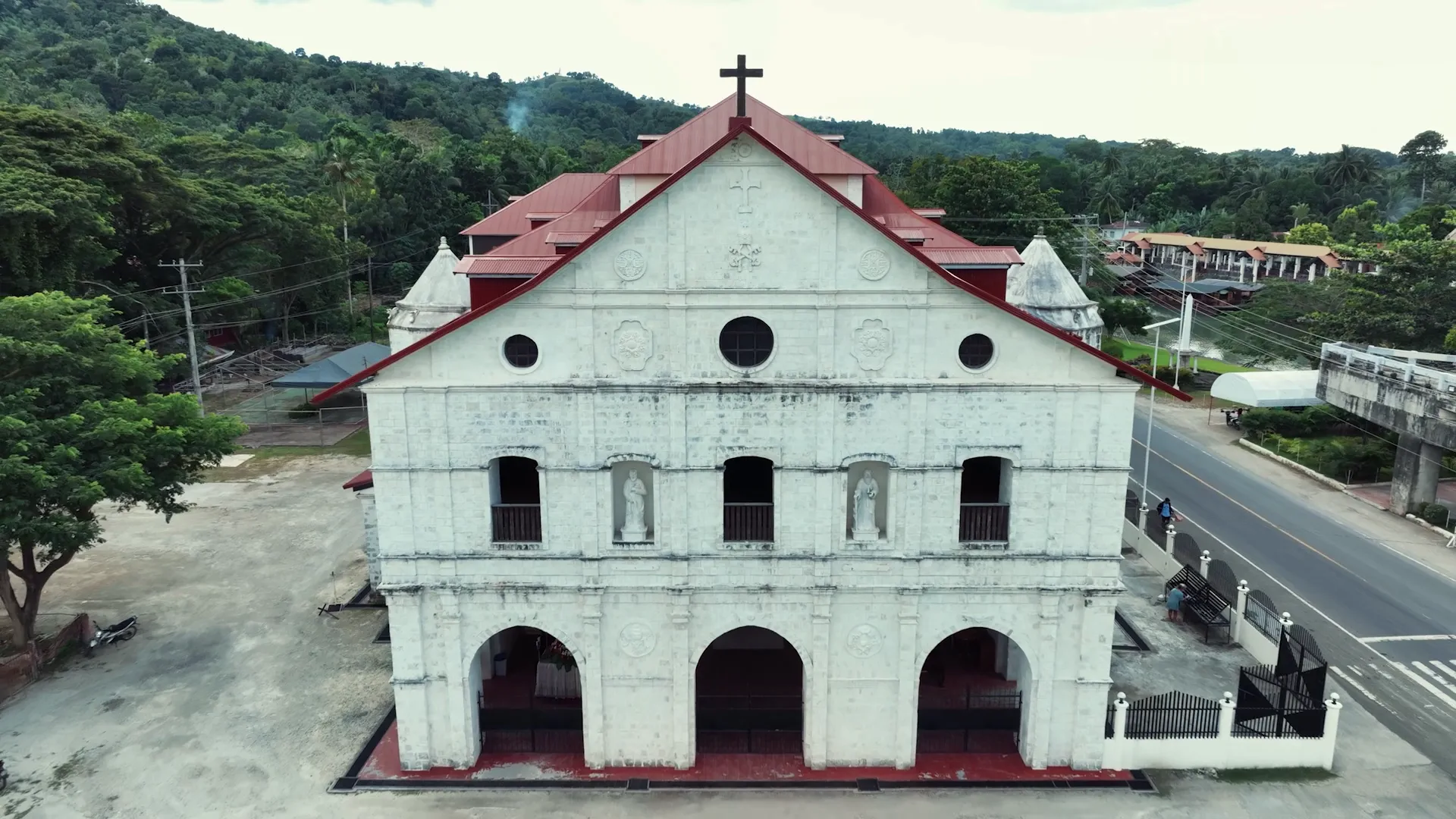St. Joseph Cathedral
Tagbilaran City, Bohol
The Cathedral of St. Joseph the Worker is the main seat of the Catholic faith in Bohol, with the church bearing the name of the province’s patron saint. St. Joseph the Worker Cathedral is located on Carlos P. Garcia Avenue, Tagbilaran City—the capital of the province of Bohol. It stands within the same area where the city hall and the city plaza are located, a typical setting based on Spanish influence in the country.
Also called the Tagbilaran Cathedral, the church’s history dates back to the arrival of the Jesuit missionaries in the Philippines in 1595. In 1768, the Recollects took over the parish from the Jesuits, but since the fire that razed the church in 1798, the cathedral has undergone a series of improvements.
Photo by: One Armed Wanderer via Facebook
La Purisima Concepcion de la Virgen Maria Parish Church
Baclayon, Bohol
Baclayon Church in Bohol is a declared National Cultural Treasure and National Historic Landmark. It is one of the Philippines’ oldest Catholic churches — structurally original and still with authentic materials — dating back to 1727. The actual parish missionary (officially named La Purisima Concepción de la Virgen Parish) was founded by Jesuits in 1596, only a few decades after Spanish conquistadors arrived.
Santa Monica Parish
Alburquerque, Bohol
The Alburqerque Church, is a Roman Catholic church in the municipality of Alburquerque, Bohol, Philippines. The said parish is under the jurisdiction of the Diocese of Tagbilaran and was declared by the National Museum of the Philippines as Important Cultural Property in 2013.
Boholanos call the town “Albur.” Located along the highway is the church complex built on a low knoll. The Albur parish was established in 1869 after being separated from Baclayon, Bohol. An 1886 reports indicates that the church was built of light materials, however, the convento described as “de grandes dimensiones” was already standing.
San Nicolas de Parish
Dimiao, Bohol
The San Nicolas Tolentino parish is in Dimiao, Bohol. The date of the parish’s foundation is uncertain, although by 1750 there are records of baptism in the parish. The church may have been built toward the later half of the 19th century.
The structure of cut stone is cruciform, though its transept is short. The facade can be described as Neobaroque. Although classical overall, shallow reliefs of flowers arranged as vertical bands decorate the facade. The facade is flanked by twin octagonal towers.
Its heritage features are described as follows: The church interior is simple, coming to a focus at the Neoclassical altars. One of the side altars is missing. The convento is located behind the church and is now a school.
Beside the church are the ruins of what appears to be cemetery and two mortuary chapels. Archaeological excavations in the area have uncovered very little remains, probably the site was never used.
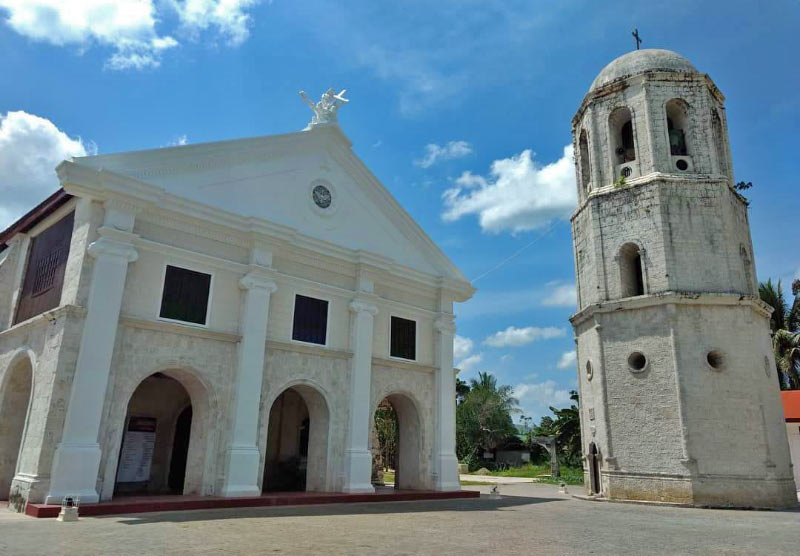
Photo by: J Balsamo via Twitter
Holy Trinity Parish Church
Loay, Bohol
Another old and charming church, loay parish is located west of tagbilaran city, Bohol. The church is cruciform, has two facades: the older is decorated with low relief and the newer was apparently completed in the 20th century as its upper register is in reinforced concrete. The whole is surmounted by cement statues depicting the virtues.
The bell tower is a separate structure built at a short distance from the church. Like many Bohol churches the interior is painted with trompe o’eil and with Biblical scenes. The altars are in the Neoclassical style.
The bell tower is a separate structure built at a short distance from the church. Like many Bohol churches the interior is painted with trompe o’eil and with Biblical scenes. The altars are in the Neoclassical style.
Our Lady of the Assumption
Dauis, Bohol
Dauis Church, also known as the Church of Our Lady of the Assumption, is located in Dauis, a small peaceful town from the Island of Panglao. It was declared as a National Historical Landmark by the National Historical Commission.
Dauis Church was built in 1697 by the first Spanish missionaries. It was founded by Fr. Diego de Ayala and Fr. Joseph Gregorio of the Jesuit order. After 1753, the Jesuits moved their main residence from Loboc and Fr. Joseph Nepomuceno built a convent in the church complex which became their official residence. The Jesuits were expelled from the Philippines in 1768 and all their missions were turned over to the Augustinian Recollects.
Since then, the Dauis Church has been renovated several times and in 1863, Fr. Julio Saldana began the construction of the present Dauis church. It was later finished by Fr. Natalio del Mar in 1923.
The church is a mixture of neo-gothic and neo-classical architecture. It has a bell tower made of corals. Inside, tourists will witness the 18th century interior of the church and murals painted on the ceiling by Ray Francia in 1916.
Sto. Nino Parish Church
Cortes, Bohol
Known by the ancient name Malabago, Cortes was already being served by priests from Maribojoc. Established as an independent parish in 1793 or 94, it was renamed Paminguitan. The town was established later, probably in 1862. The town was renamed after the Spanish conquistador, Hernan Cortes.
The parish was dedicated to the Santo Niño. Although the Recollects who served the parish from its inception until 1898 had begun to build a church in 1880, the bell towers upper register was not completed until the 20th century.
Photo by: inqurier.net
San Pedro Apostol Parish Church
Loboc, Bohol
The San Pedro Apostol Parish Church, commonly known as Loboc Church and alternatively as the Diocesan Shrine of Our Lady of Guadalupe in Extremadura, is a Roman Catholic church in the municipality of Loboc, Bohol, Philippines, within the jurisdiction of the Roman Catholic Diocese of Tagbilaran. After the Jesuits established the Christian community in Baclayon, they moved to Loboc and established a second Christian settlement in Bohol. The parish was established in 1602, and the present coral stone church was completed in 1734. Because of its strategic location, it became the center of the Jesuit mission in the Bohol area. In 1768, upon the expulsion of the Jesuits, the town was transferred to the Augustinian Recollects. The church is classified as a National Historical Landmark by the National Historical Commission of the Philippines and a National Cultural Treasure by the National Museum of the Philippines. It was severely damaged when a 7.2 magnitude earthquake struck Bohol and other parts of Central Visayas on October 15, 2013. Restoration works began in 2017 and the church was reopened on May 16, 2021. – Wikipedia

